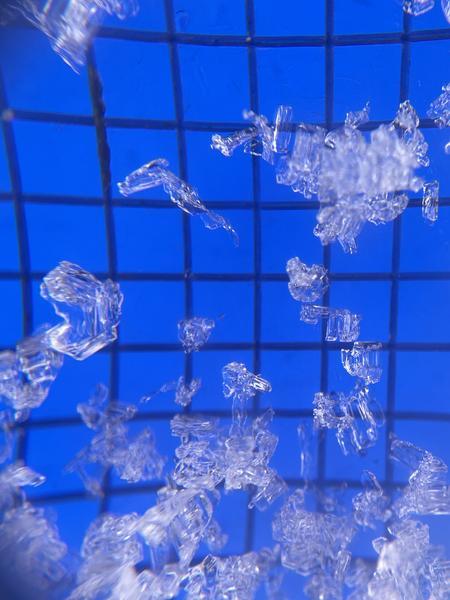Thanks to the generous support of our local resorts and Ski Utah, discount lift tickets are now available. Support the UAC while you ski at the resorts this season. Tickets are available
here.Skies are partly cloudy.
Winds are from the northwest and generally less than 15mph.
Temperatures are in the single digits and low teens.
Most areas picked up a trace of new yesterday, along with some additional rime and surface hoar deposition. Today's snow surface may be tomorrow's weak layer. We'll see.
Look for increasing clouds in the early afternoon hours ahead of tonight's "storm". Temps today will be in the upper teens to mid-20s with slowly increasing winds from the northwest. Snowfall kicks in before midnight and we may see 3-6" by morning, with another inch or two in the mid-morning hours. The flow veers northerly and then northeasterly tomorrow, generally shutting off orographic support except for the southern end of the Park City ridgeline. Even though this looks like a "non-event" by Wasatch standards, we need the moisture and it'll be a nice little refresher for the riding conditions.
A couple photos of the snow surface conditions from yesterday -
rimed surface hoar, Chris Brown
recrystallized snow at and near the snow surface, Mark Staples
No backcountry avalanches were reported yesterday.
Backcountry observers
Nat Grainger and
Zack Little have each found areas where new wind drifts sit above the weak recrystallized surface snow that has developed over the recent couple of weeks. Perhaps a portent of things to come?
wind drift over weak recrystallized surface snow, Nat Grainger












